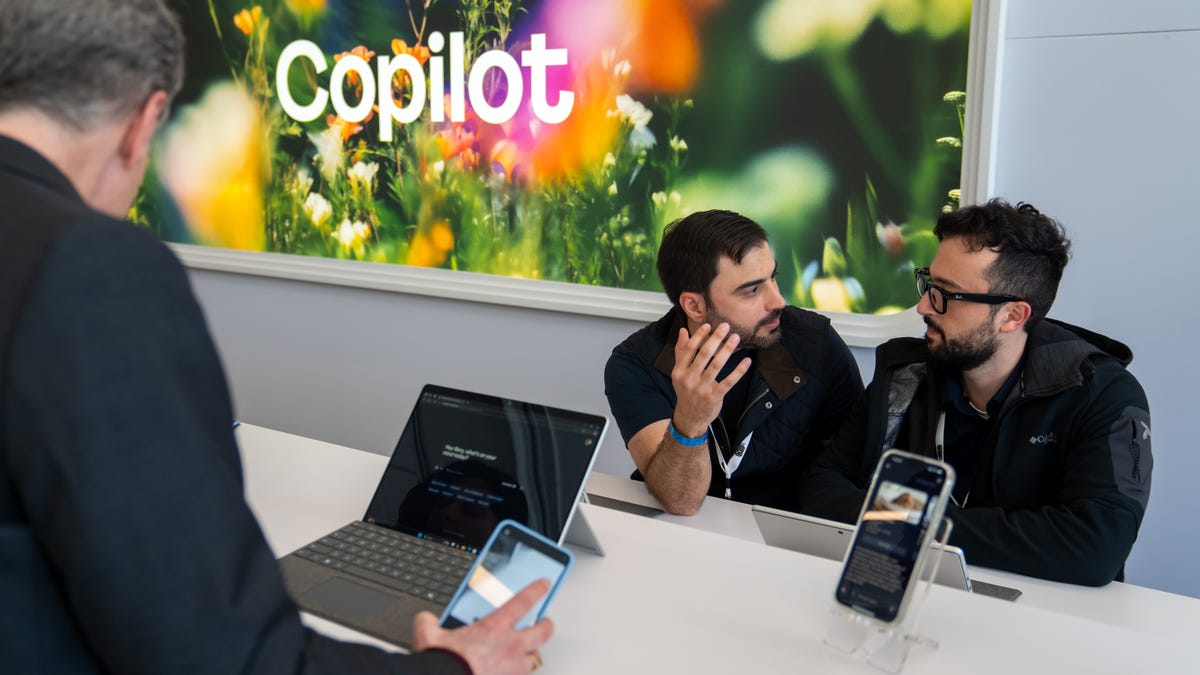Microsoft Announces Arrival of AI Assistants

Microsoft Expands AI Tools for Workplace Efficiency
If you’re using Microsoft products, significant advancements in artificial intelligence (AI) are soon heading your way. The company recently announced an expansion of its AI tools with the introduction of Microsoft 365 Copilot Wave 2, which aims to incorporate AI technologies into workplace environments.
Understanding Microsoft’s AI Vision
During a presentation, Aparna Chennapragada, Microsoft’s chief product officer, shared insights about the company’s future direction with AI. The vision is to create AI systems that act as more than just tools. Instead, the goal is for them to function as collaborative colleagues that contribute actively to various tasks.
Key Features of Copilot Wave 2
Microsoft’s latest update—Copilot Wave 2—boasts several innovative features designed to enhance productivity:
AI-Powered Search: This feature streamlines information retrieval, enabling users to find needed resources more quickly.
Business-Centric Create Experience: Tailored for business needs, this element allows individuals to unlock their design capabilities, making creative tasks more accessible.
Copilot Notebooks Updates: This innovation transforms data and content into actionable insights, simplifying complex processes.
- Agent Store: Users can search for and utilize AI agents seamlessly within their workflows.
Introducing Reasoning Agents
Among the standout components of Copilot Wave 2 are two unique AI agents. These are referred to as the "Researcher" and "Analyst." They utilize OpenAI’s reasoning models to enhance workplace productivity:
Researcher: Designed to assist with intricate research tasks, this agent can deliver high-quality insights effectively.
- Analyst: This agent functions similarly to a data scientist, turning raw data into meaningful insights in a fraction of the time.
The Impact of AI in the Workplace
A recent Microsoft report highlights the growing significance of AI in modern work environments. It suggests that a new framework is emerging—one that combines machine intelligence with human judgment. This model envisions a workforce where technology operates under human supervision.
The report notes that the evolution of this "Firm Frontier" will require time and involve considerable changes across technological, social, and economic landscapes. Like previous revolutionary periods, such as the Industrial Revolution and the advent of the internet, this transformation is expected to unfold over decades.
Navigating the AI Transition
Chennapragada remarked on LinkedIn that many users still apply AI to simpler tasks, missing out on its full potential. She suggests that AI is capable of taking on far more significant responsibilities than currently utilized. This phenomenon, termed an "intelligence overhang," reflects the capacity of today’s advanced AI systems, which can rival or even exceed human expertise in certain fields.
She adds, “yet, we still assign these AI tools trivial tasks!” This calls for a shift in mindset regarding how AI can assist in a professional setting.
If Microsoft’s new AI tools prove effective, expect to see a future where collaboration with AI colleagues becomes commonplace—much like gathering around the water cooler with fellow team members.
The Future of AI in Workplaces
Microsoft’s forward-thinking approach to AI is set to reshape how workplaces operate. By emphasizing collaboration and advanced reasoning, the company aims to elevate the role of technology in daily tasks. As organizations increasingly adopt these tools, the landscape of work will likely evolve, leading to enhanced productivity and innovative solutions.
With this trajectory, the integration of AI could redefine the dynamics between technology and human workers, establishing a new era in workplace efficiency.






